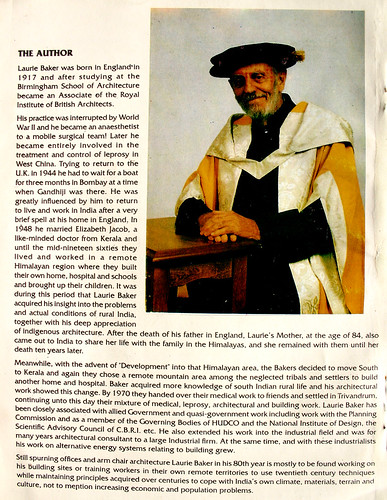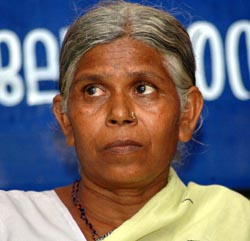 A couple of days ago, I had the opportunity of listening to Thomas Cushing, Vice President of Chicago Climate Exchange. He was speaking at an event organized by NAEM.
A couple of days ago, I had the opportunity of listening to Thomas Cushing, Vice President of Chicago Climate Exchange. He was speaking at an event organized by NAEM.I always knew CCX was the epicenter of all voluntary carbon trading in the United States. I however didn't fully realize the scale of their current operations. When it started trading back in 2003 with a handful of members, it was at best considered a quirky little thing. 4 Earth Days later, the membership has grown several folds to well over 200. They now have a presence in Europe and Canada as well. February 2007 trading volume (US) was 3.17 million metric tons of CO2. As of Feb 2007, 19.3 million metric tons of CO2 had been traded. At about 3.30$ per metric ton that sure is a lot of money!
This kind of growth for something that is purely voluntary is nothing but spectacular! No wonder Goldman Sachs decided to buy a 10% stake. Mr. Cushing was quick to point out that carbon could become the single largest traded commodity in the world. Larger than crude oil!
If you are wondering as to how carbon trading works, here is a little from their site.
CCX Members with direct emissions commit to reduce GHG emissions 1% per year over the years 2003 through 2006 relative to a 1998 through 2001 average. During 2006 program-wide net emissions must be 4% below baseline. Those members that reduce their emissions below theAfter Europe and Canada, CCX is now looking at starting operations in India. Back in 2006, CCX had announced a partnership with TERI. TERI helped register Indian offset projects. These projects were however traded here in Chicago. Now with the help of TERI, CCX is looking to set up an entire Climate Exchange in India. This would help bring Indian companies into the fold of carbon reductions and open up a domestic market in carbon offsets.
required level can sell surplus emission allowances on the exchange or bank them. A member that cannot achieve the reduction target internally can meet its compliance commitment by purchasing emission allowances through CCX’s electronic trading platform from other CCX Members that reduce their emissions beyond the reduction target, or purchase project-based offsets. Eligible offsets can come from methane collection and carbon sequestration projects.
All indications are that US will soon regulate carbon emissions and in most likelihood it will be in the form of Cap & Trade. This shift in US policy to some extent is due to the success of CCX. I believe the formation of India Climate Exchange will help steer Indian policy makers also in the right direction.
I agree with the argument that Global Warming is a mess created by industrialized nations. However, India can no longer afford to stick to that line. While rich nations have to do some serious work, India also needs to do it's part. This op-ed piece in Hindu said it best
If it[India] pursues what is "fair" in a warming world by continuing to argue that industrialised nation are to blame and need to take urgent action, it will be placing the noose around its own neck while the hangman looks on [via Yodha]So when is India Climate Exchange coming online? Mr. Cushing replied, "As soon as possible. May be later this year. May be early next year".




















